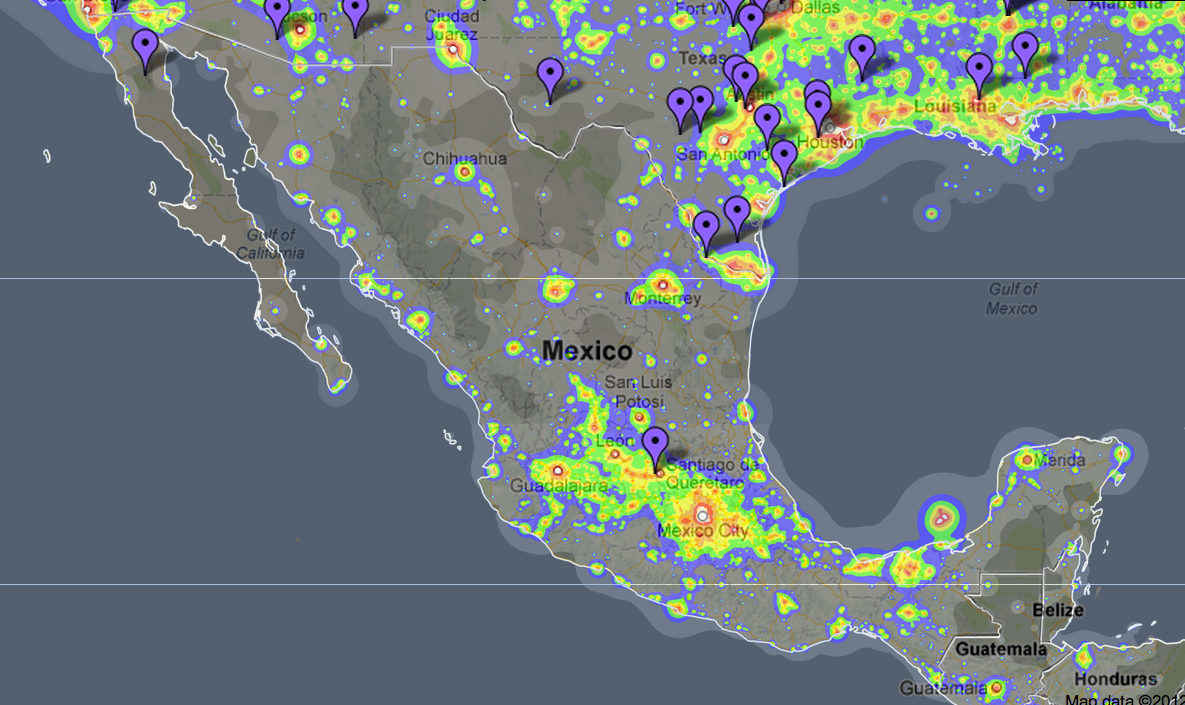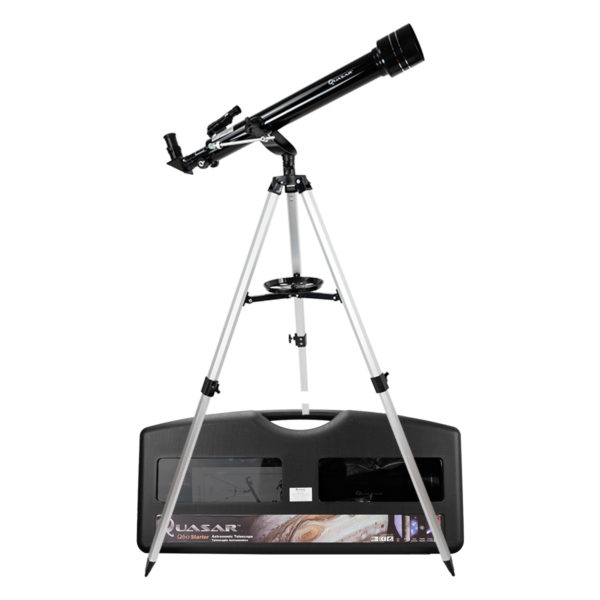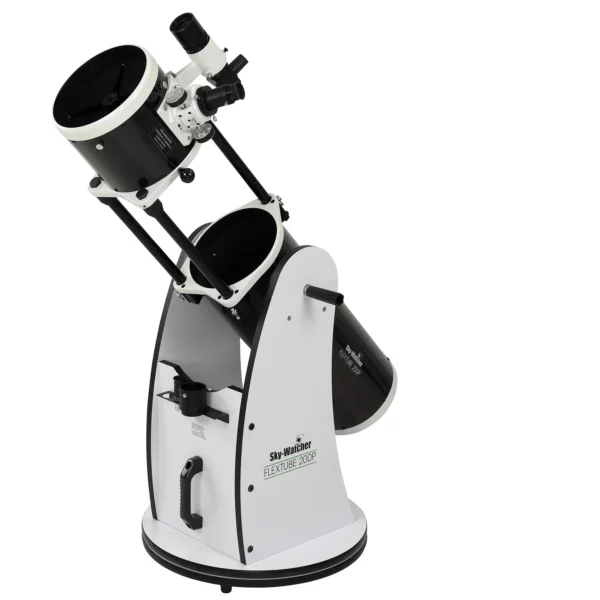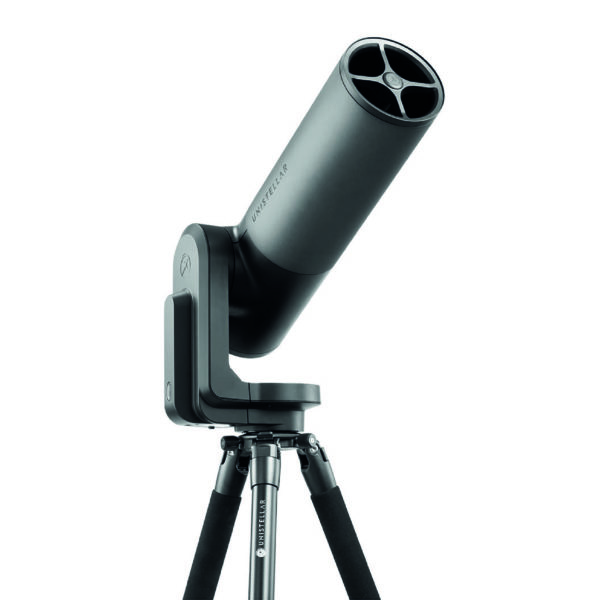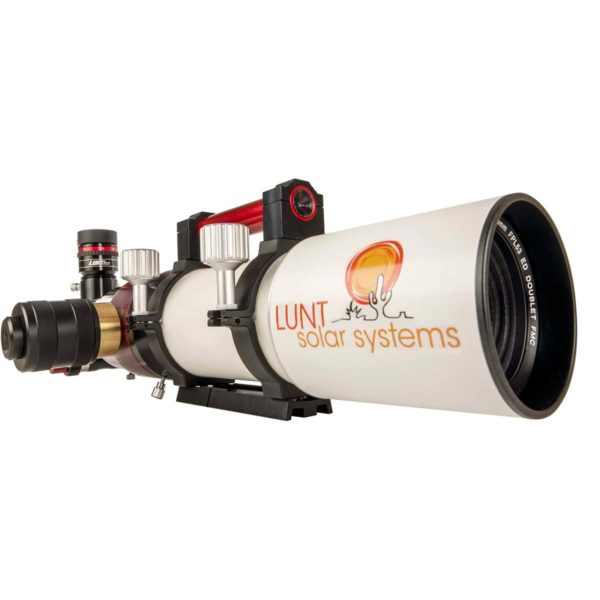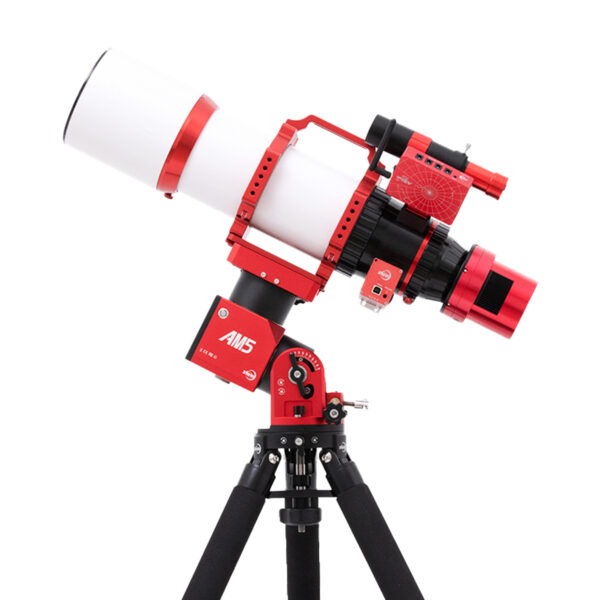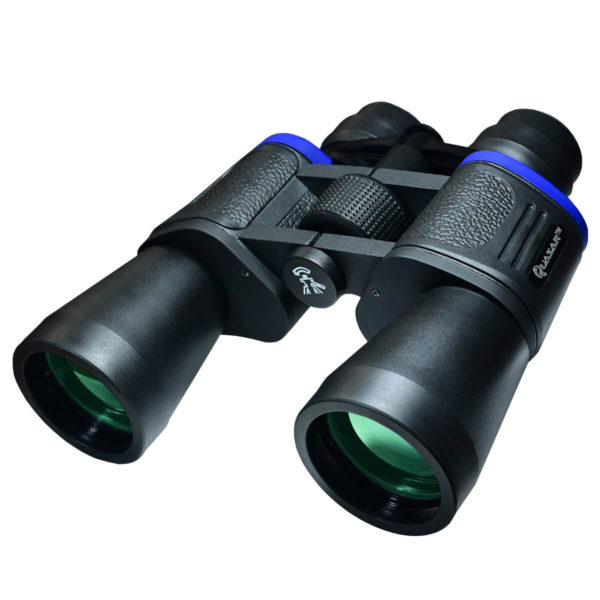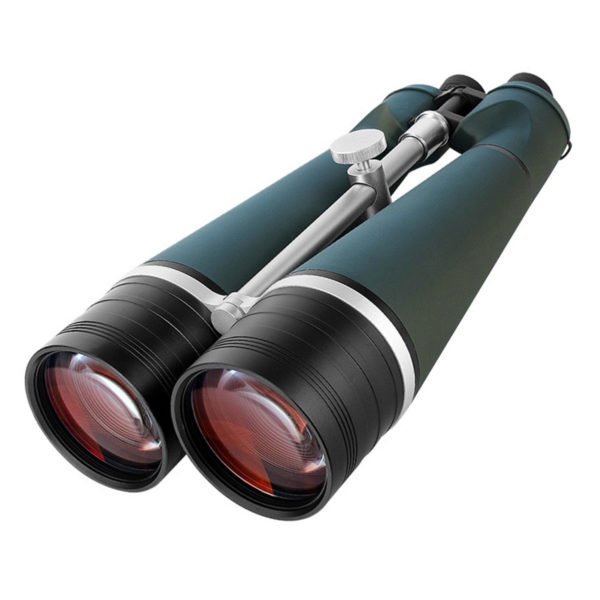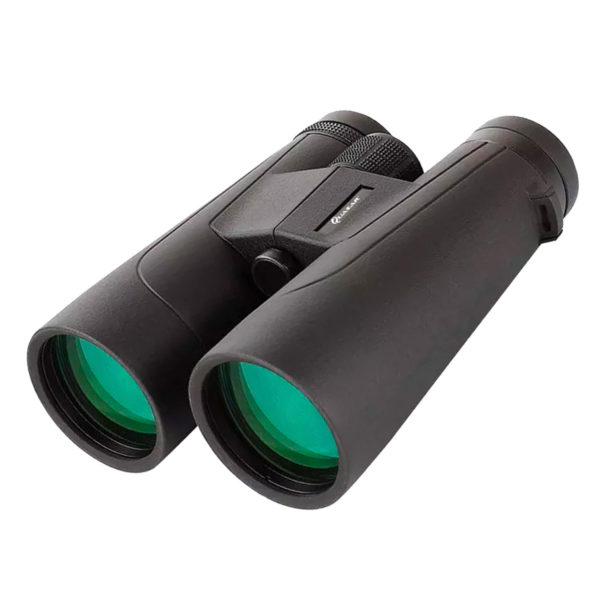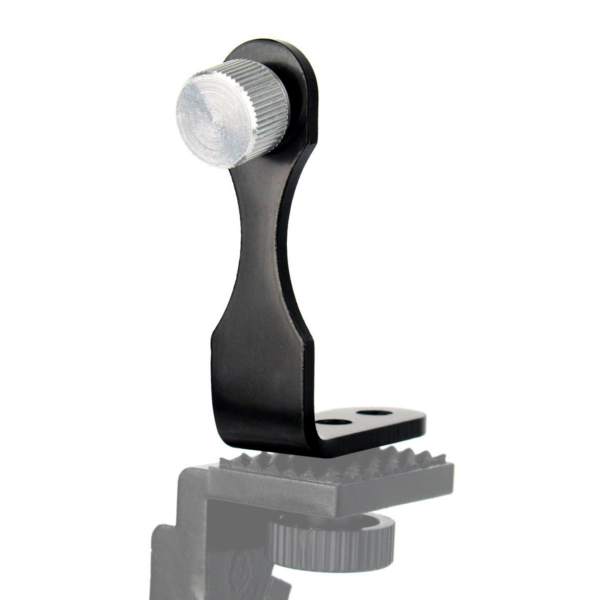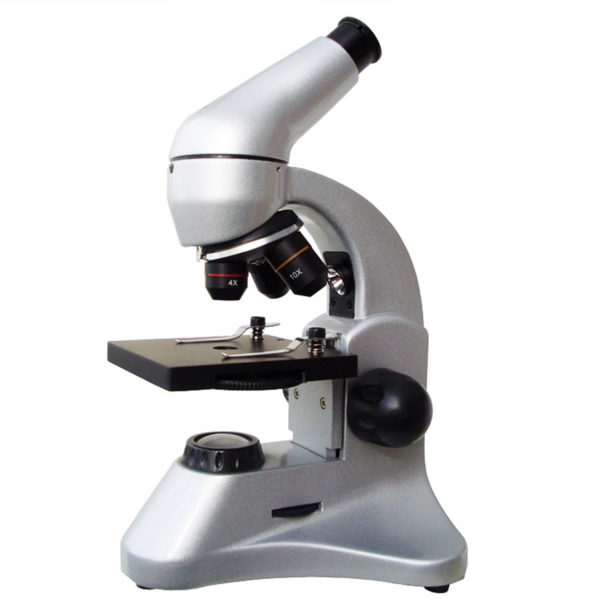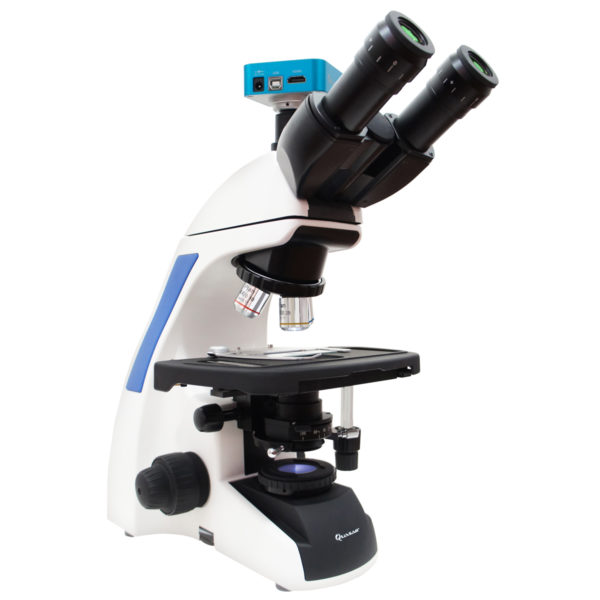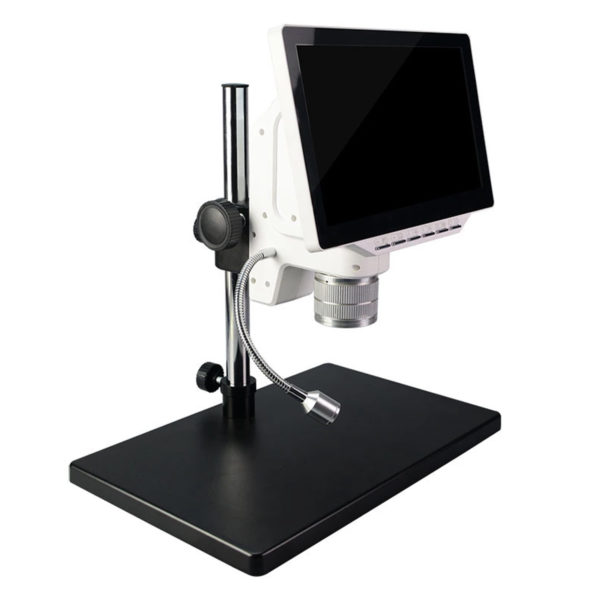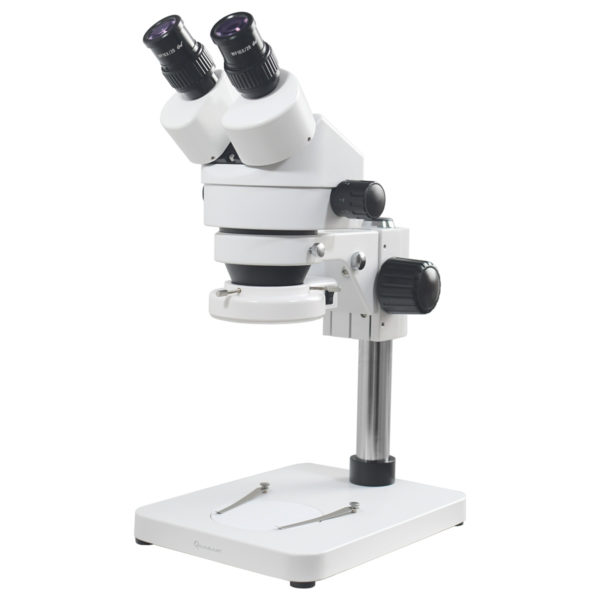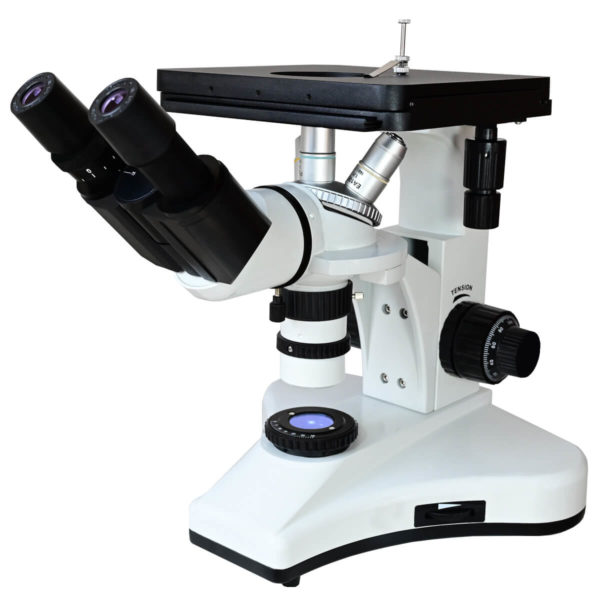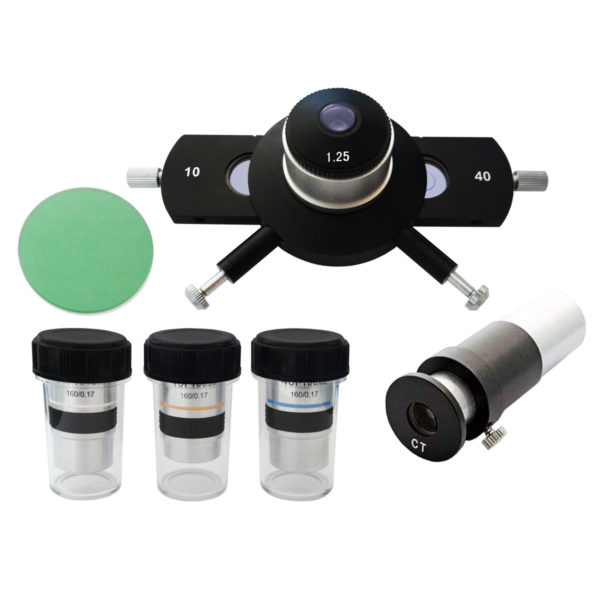Light pollution has doubled in less than ten years.

No more stars?
As astronomy fans, you will have noticed that it is increasingly difficult to make observations, this is due to the increased number of artificial lights, that is, the night is brighter thanks to the city lights, according to data from a macro In a study published this Thursday by Science magazine, light pollution grows by 9.6% each year, between 2011 and 2022, the figure that was at the beginning of the study doubled.
For example, if 18 years ago you could see 250 stars or so, today it is likely that you will see less than 100, if you look in the same place, today in many parts of the world, specifically in large cities, the sky is not it becomes darker, and is seen with a bluish and yellowish tone. This is due to the fact that human activity generates an artificial twilight, this type of light pollution is called skyglow, and its effects are not only limited to making astronomical observations difficult, it is something more serious.
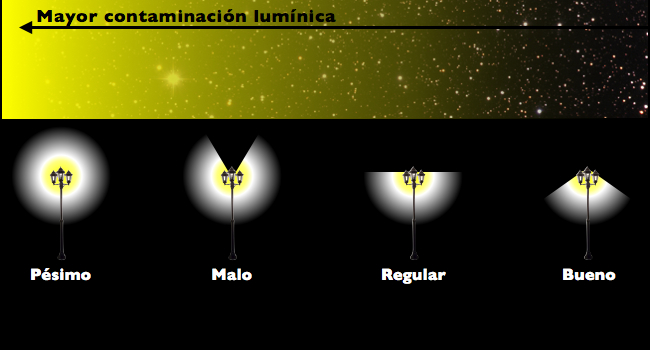
Christopher Kyba, from the German Research Center for Geosciences and the Ruhr Universät Bochum, analyzed 51,351 observations made between 2011 and 2022, together with other scientists from the US Research Center for Optical Astronomy. The GLobe Night Project invited people from all over the world to compare star maps, which functioned as a worldwide sensor network. Which resulted in light pollution growing by 7 to 10 percent each year, while satellite measurements only recorded 2 percent annually.
The environmental impact it generates is worrisome, and it is very difficult to accurately calculate the amount of light that human beings emit, since satellites do not detect the LED light that little by little is replacing the light bulbs we know, in the same way satellites do not capture the light of billboards or the lights that illuminate the entrance of the houses that are the ones that contribute the most to Skyglow. As a result of this, the skyglow is affecting many physiological processes of living beings, the daily and seasonal cycles that are influenced by light.
And it doesn’t only affect the nocturnal ones, it also affects the daytime ones, the worrying thing is that light pollution is increasing, despite the fact that measures are supposedly being taken to limit it, this does not only affect us as astronomy fans, the conscience This problem has to grow, to avoid Skyglow being perceived as something positive, but rather as a highly polluting element that is just as harmful as CO2 emotions.
